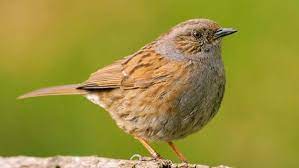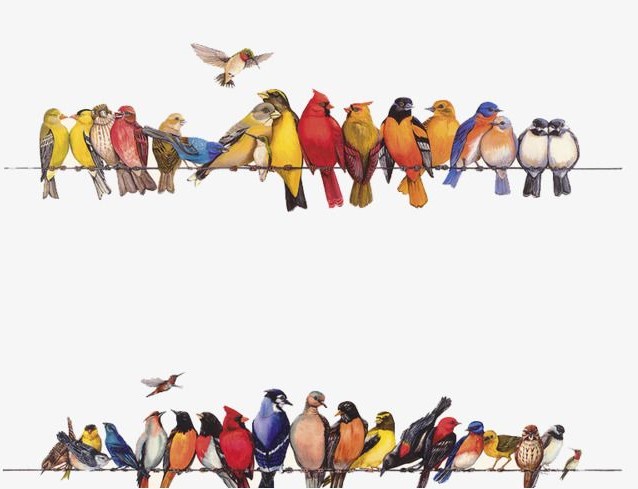
Bird surveys carried out by an independent consultant every year in spring/summer and again in winter have been in place on the Streatham Campus for the last 15 years and on St Luke’s Campus for the past 10 years.
The results of the winter bird surveys on our campuses during two visits – one in November 2023 and one in January 2024 – have been received and we wanted to share the highlights.
Streatham Campus
A total of 1,454 birds (37 species) were recorded during the visits, a substantial increase in the total of 1,212 birds recorded in winter 2022-23.
513 of these birds (14 species) are on the Red and Amber lists (35% of all birds recorded).
The top five species recorded were:
- Wood Pigeon (Amber list)
- Robin (Green list)
- Blue Tit (Green list)
- Blackbird (Green list)
- Carrion Crow (Green list)
Birds of Conservation 5 (BOCC5) was published on 1st December 2021 and is the latest assessment of the status of all the bird species that regularly occur in the UK. This assessment indicates that 70 species are of the highest conservation concern and have been placed on the Red list, 103 species have been placed on the Amber list and 72 species on the Green list. The majority of the Red list species are there because of a severe decline in numbers in recent decades, their numbers remain below historical levels or are under threat of global extinction.
A total of 513 (14 species) Birds of Conservation Concern 5 (BOCC5) Red list and Amber list birds were recorded:
Red List
- Greenfinch
- Herring Gull
- House Sparrow
- Mistle Thrush
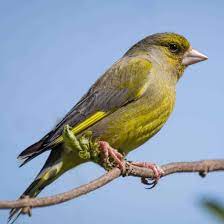
Amber List
- Bullfinch
- Dunnock
- Grey Wagtail
- Mallard
- Moorhen
- Redwing
- Song Thrush
- Stock Dove
- Wood Pigeon
- Wren
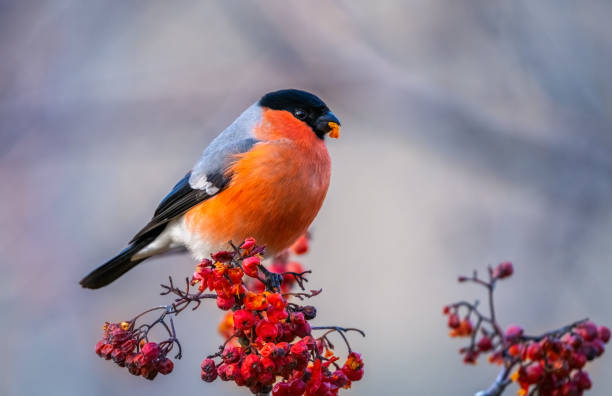
Interesting Observation
On 28th November 2023, a wintering Blackcap was seen foraging in some bushes by the Laver Building. Blackcaps, thought to originate from southern Germany, are regular winter visitors to the South West of England where the mild winter months provide them with excellent opportunities for finding food. The male of the species is easily identified by its vivid black cap, whilst the female has a less distinctive reddy brown cap.
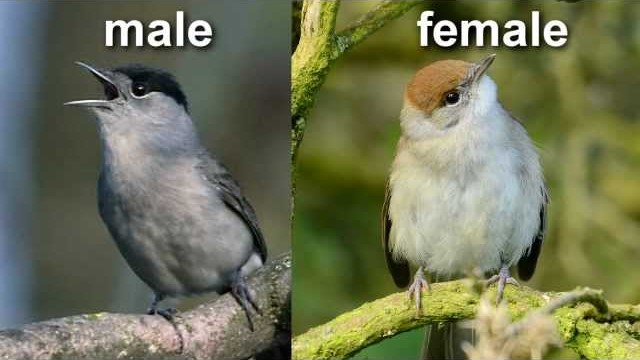
Interesting Observation
There were three records of Grey Wagtails on campus this winter; two birds were recorded on 28th November 2023, one on the lower rooftop of the Laver Building and the other by the stream in the Taddiforde Valley. A third bird was recorded close to Mardon Hall on 29th November 2023.
The Grey Wagtail has yellow underparts and brownish pink legs. Slate grey underparts contrast with black wings and a long black and white tail. Generally considered a breeding bird of fast flowing upland rivers, they can also be seen in lowland areas and even in towns. The Grey Wagtail is currently on the Amber list under BOCC5.
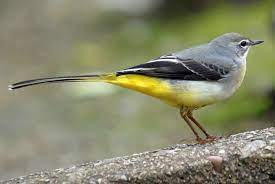
St Luke’s Campus
A total of 181 birds (14 species) were recorded during the visits.
119 of these birds (6 species) are on the Red and Amber lists (66% of all birds recorded).
The top three species recorded were:
- Wood Pigeon (Amber list)
- Herring Gull (Red list)
- House Sparrow (Red list)
Birds of Conservation 5 (BOCC5) was published on 1st December 2021 and is the latest assessment of the status of all the bird species that regularly occur in the UK. This assessment indicates that 70 species are of the highest conservation concern and have been placed on the Red list, 103 species have been placed on the Amber list and 72 species on the Green list. The majority of the Red list species are there because of a severe decline in numbers in recent decades, their numbers remain below historical levels or are under threat of global extinction.
A total of 119 birds (6 species) Birds of Conservation Concern 5 (BOCC5) Red list and Amber list birds were recorded:
Red List
- Herring Gull
- House Sparrow
- Starling
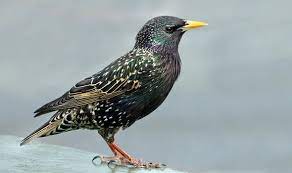
Amber List
- Dunnock
- Sparrowhawk
- Wood Pigeon
